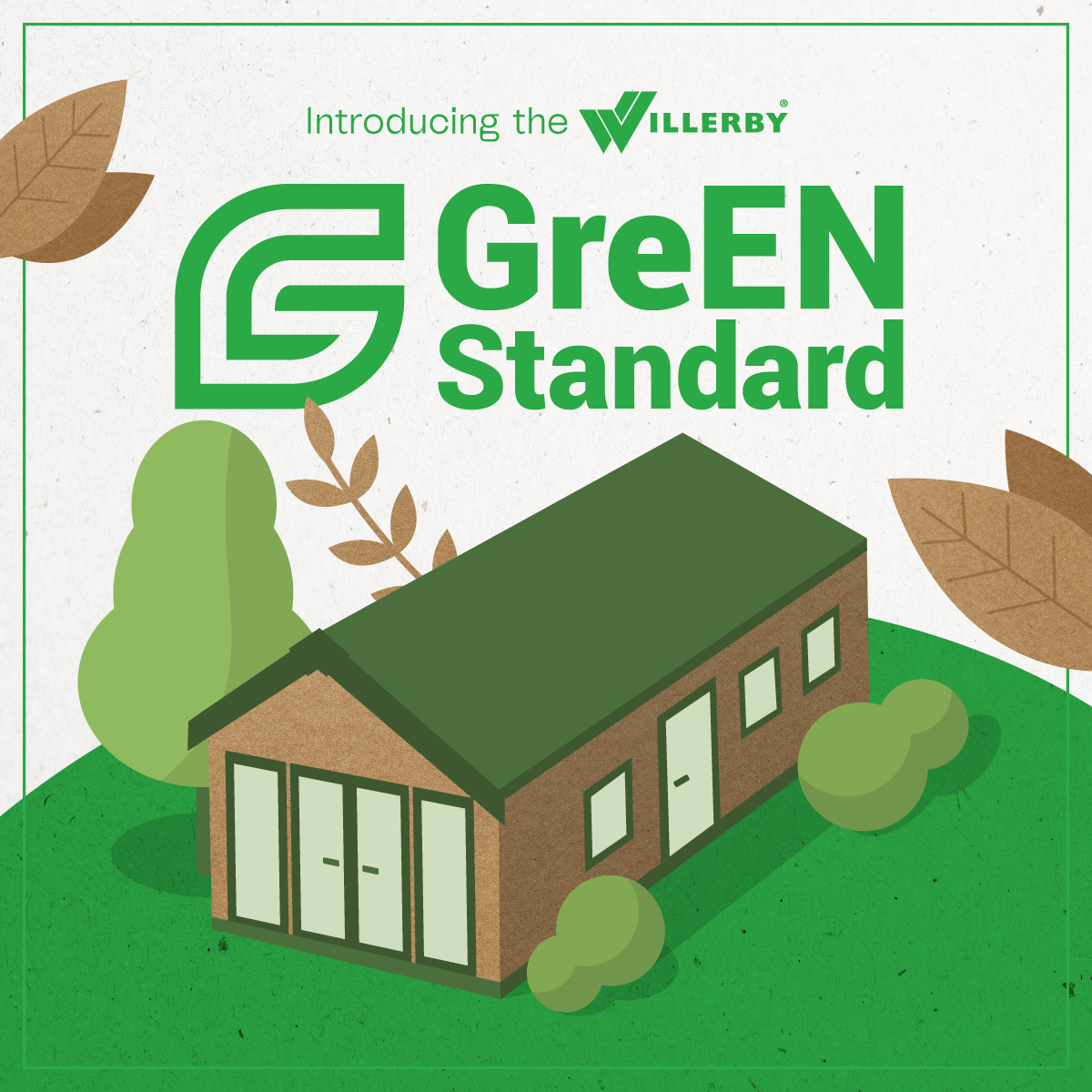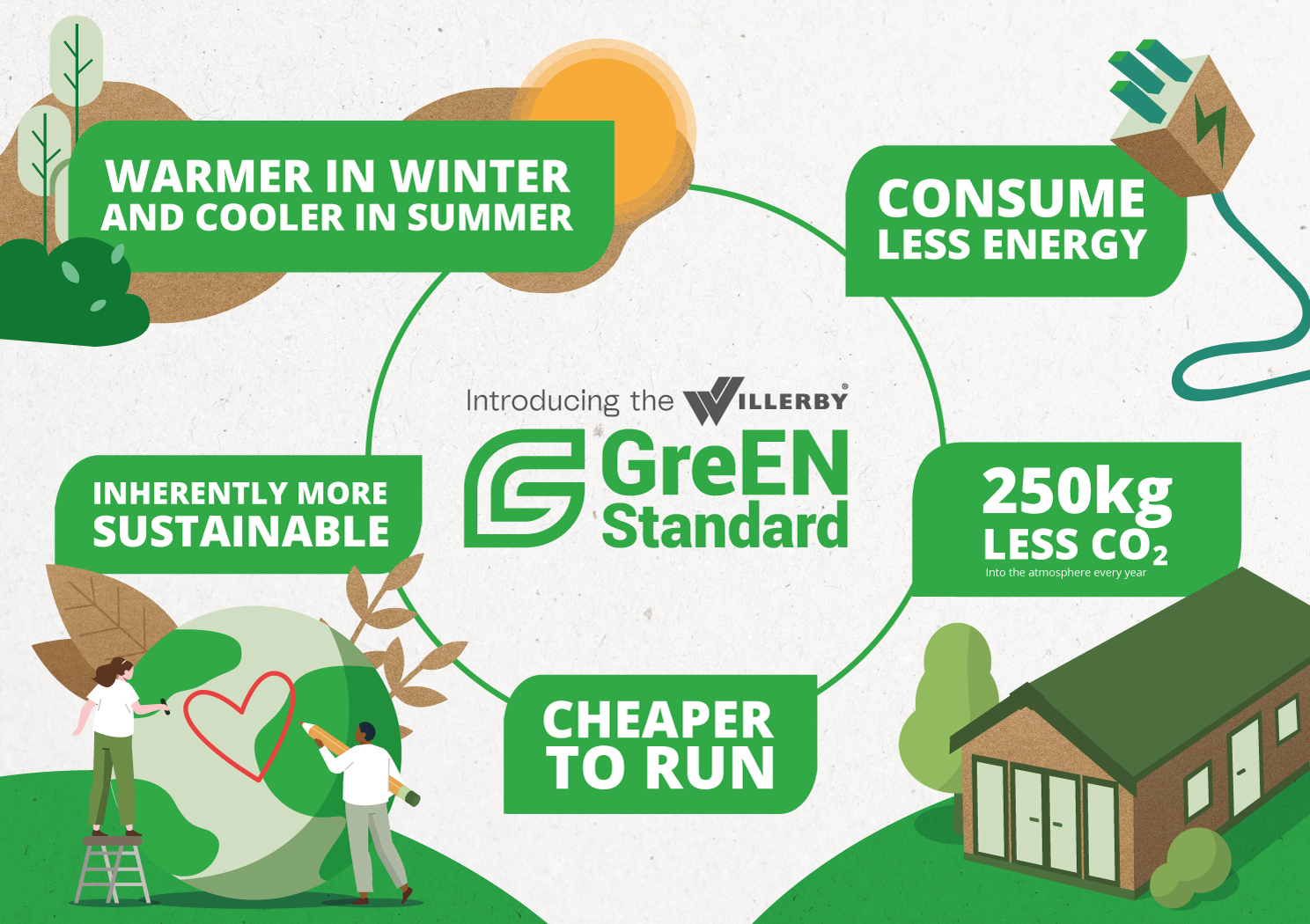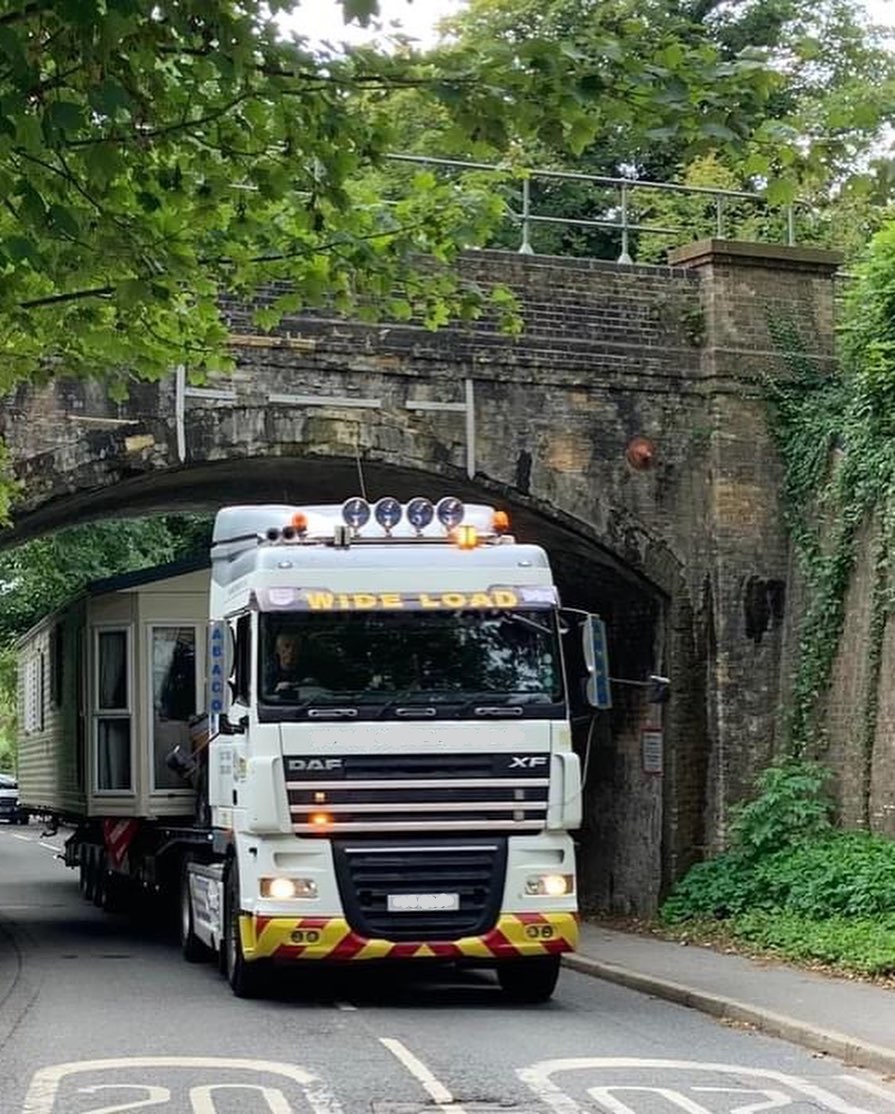Our Guide to Static Caravan Insurance
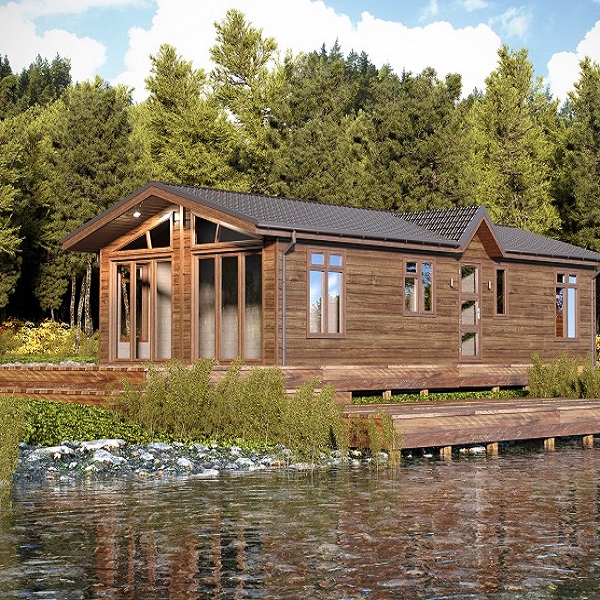
Insuring your static caravan.
We know that buying and owning a mobile home is a major investment and commitment, and it’s important to get things right. Its not about just choosing the colour of the curtains or the number of bedrooms, but also the boring but essential concerns such as protecting your new home with static caravan insurance.
Some people save up & dream of owning a caravan for years before owning one, so it’s vital to be protected against any eventuality. Here is the UK Caravan Centres guide to insuring your static caravan or lodge.
What is static caravan insurance?
Static caravan insurance can give you peace of mind and financial protection if something happens to your caravan or contents. It is a type of insurance that covers your mobile home for loss or damage caused by events such as fire, storm, flood, theft or vandalism. It may also include cover for your caravan’s contents, public liability, home emergency and legal protection.
There are different levels of static caravan insurance available, such as new-for-old or market value cover. You may also need to consider optional extras such as damage caused by renters if you let out your caravan. The cost of static caravan insurance will depend on factors such as the value, age and location of your caravan, as well as the level of cover and excess you choose.
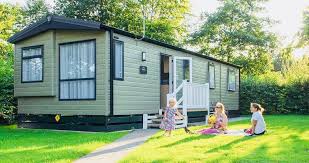
Do you have to insure a static caravan?
You definitely need static caravan or lodge insurance. Here, at the UK Caravan Centre we cannot emphasise enough how much a static caravan needs to be covered by insurance. You should always take advantage of static caravan insurance as it will only work in your favour if something goes wrong. Granted, it doesn’t always happen, but it is better to be prepared than have something go wrong and you can’t afford the cost.
Although static caravan insurance is not a legal requirement, some caravan parks may require you to have it as a condition of keeping your caravan on their site. Even if your site doesn’t, or you have your mobile home on private land, you’d be taking a huge risk by not insuring it.
You can’t be there to watch your home at all times, and there may be a risk of damage caused by other people or inclement weather, for example. Accidents can happen, and static caravan insurance will protect your bank balance if they do.
Having insurance provides peace of mind so that you can relax. Whether you’re on holiday or at home, you know that your investment is protected.
Types of static caravan cover.
There are a few more unusual types of cover or usage for static caravans, but by comparing quotes you can find the right policy for you.
Do you live in your caravan?
Park home or mobile home insurance covers a caravan that’s your permanent residence. If your caravan’s your permanent dwelling, your needs will be quite similar to a home insurance policy. Read your policy documents carefully to make sure you’re getting the right cover, including things like home emergency cover and a higher limit for contents if you need it.
Insurance for a static caravan in the garden
Do you keep your static in your garden, maybe as an extra bedroom or a home office? Make sure your insurance policy covers this, as some insurers will only offer insurance for static caravans on licensed sites. If you’re using your caravan for any work or trade purpose you’ll need to declare that too when you get a quote.
Cover for older static caravans
Most insurers will cover older caravans, but their new-for-old cover will usually only cover caravans up to 20 to 35 years old. If your caravan is older than 35 years, your insurer might offer to cover your static based on its market value, rather than a new-for-old basis.
What will your insurance cover?
As a minimum, your static caravan insurance should cover:
– Weather damage – you should be protected against damage caused by storms, floods and winter weather.
– Burglary and vandalism – if other people damage your static caravan, your insurance should cover the repairs. It may be that your unoccupied caravan is damaged when you’re not around, or that you’ve rented it out to someone that leaves it in a less-than-ideal condition.
– Third-party claims – what if someone else claims that your caravan has caused damage to them or their property? You may want static caravan insurance that covers potential legal costs. The costs of third party claims could be far more than you could ever afford, so it’s crucial to check that this is covered by your policy.
What won’t be covered?
There are some common exclusions to look out for on static caravan insurance policies. You usually won’t be covered for:
– Wear and tear
– Vermin and insect damage
– Damage or loss due to poor security
– Damage or loss while using your static caravan as a permanent residence, or renting it out, if you haven’t declared that when you took out the policy
– Using your caravan for trading
Before you take out an insurance policy, check the details of what it covers. Make sure it is the right policy for you and your property. For example, it’s highly recommended to get cover for winter and frost damage. This is a common and expensive problem, but one that some policies don’t cover.
How much is static caravan insurance?
The average cost of static caravan insurance is around the £300 a year mark, although you might pay more if you’d like cover for a more feature-packed mobile home or for external areas like decking.
Top tip – If your caravan is kept on a site that’s registered with the British Holiday & Home Parks Association (BH&HPA) or the National Caravan Council (NCC) you might get a discount on your policy – this is worth asking at your site office.

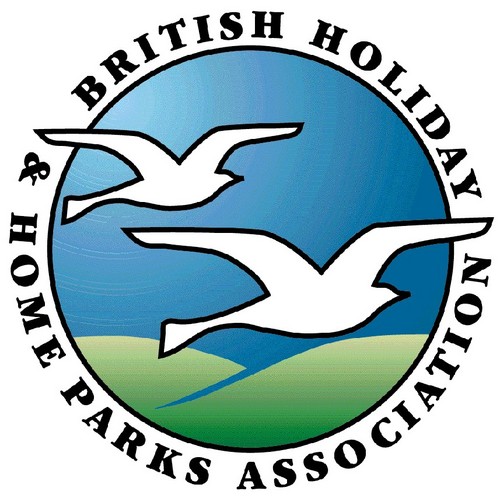
Is it easy to get caravan or lodge insurance?
It’s easy to set up an insurance policy for static caravans and lodges. You can buy static caravan insurance online, although you may prefer to phone to discuss your individual needs.
There are several companies offering insurance for static caravans and twin lodges. Some parks will require you to use a specific insurer, so it’s worth checking with your site office before you buy static caravan insurance.
What does an insurer need to know?
Be honest about how your static caravan is used. Are you the sole user, or are you renting it out to short-term holidaymakers? This can affect the price of your insurance, and what your insurer will pay out. If you provide the wrong information then you might invalidate your policy. If your usage changes during the policy, it’s essential to update your provider.
You might also need to tell your insurer if you’ve made significant changes to your caravan. Refitting and refurbishing may change your caravan’s value. You may also need a higher level of cover if you add high-value items, like games consoles or antiques, that might not be covered by a standard policy.
Recreational or permanent residence?
Find the policy that suits your residential situation. It is likely that you’ll need a policy specifically for recreational use. If you’re at a park where you can live permanently in your lodge or static, then you’ll need different insurance to cover this permanent residence.
Should you compare static caravan insurance?
There are several providers of static caravan insurance, and it’s imperative that you find the right one. Compare prices and quotes, but always check the small print to see what each policy covers. The cheapest policy may not cover everything that you’re going to face, but it’s also not always true that the most expensive policy is best. Rather than focusing entirely on price, check what each policy offers. If you’re not sure, call and speak to a person at the end of the phone line.
Getting a quote
Before starting your search for a policy, it is worth being prepared with the following information:
– personal details (contact details, date of birth, employment status)
– caravan details (make, model, size, year of manufacture, how it is being used such as holiday home, letting, permanent residence)
– site details
– caravan security (eg. alarm, corner anchor points, CCTV, site warden, security gates, perimeter fence)
– level of cover required (eg. value of caravan & contents, if any years of no-claims)
Remember, once your policy is in place, you’re protected financially against any risks. You can enjoy your static caravan without panicking if something goes wrong.
Our team here at The UK Caravan Centre are here to offer friendly and knowledgeable guidance on all aspects of your purchase, so please give us a call on 0800 246 1206 or fill in your details below:
Similar Articles
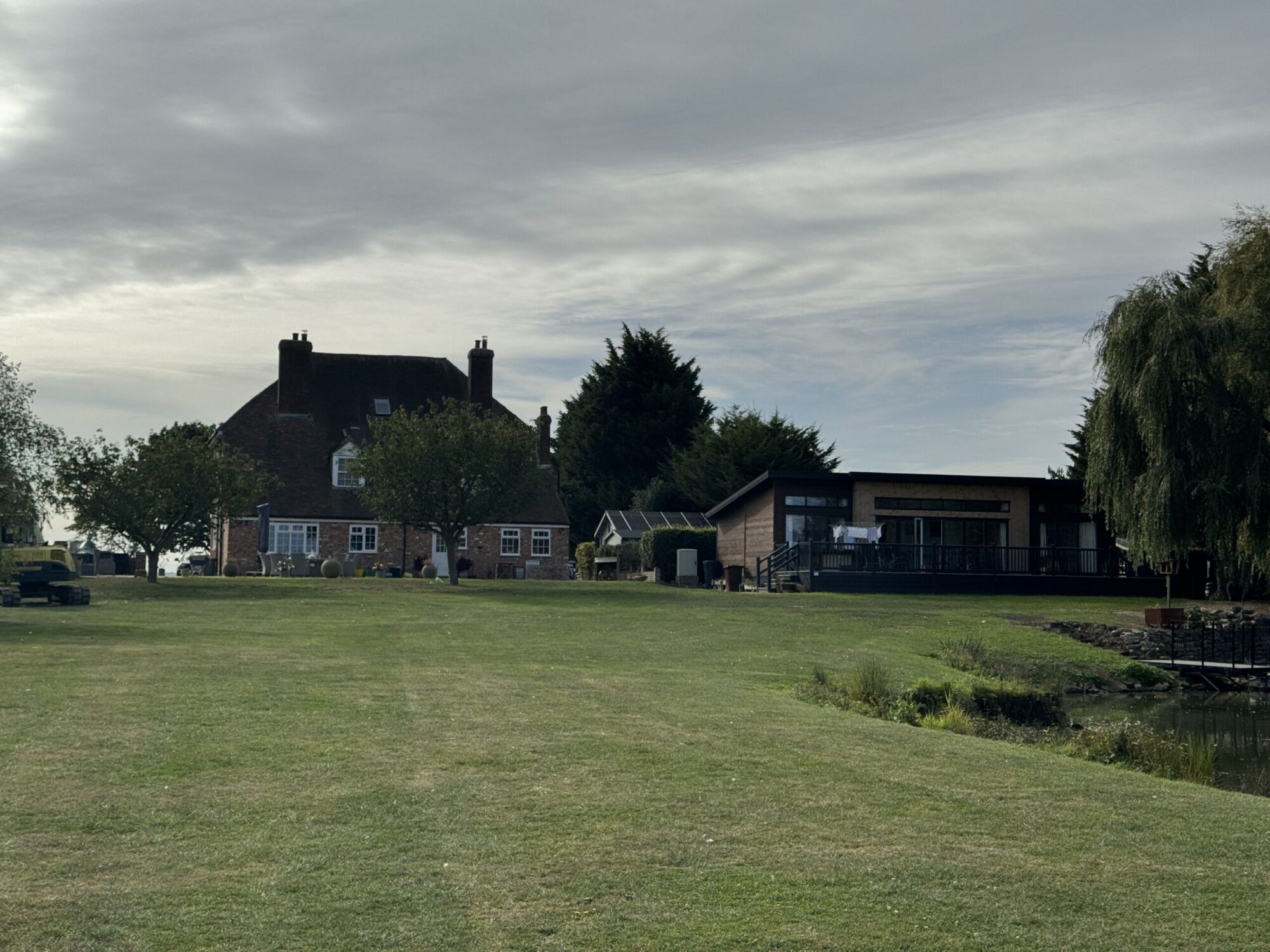
Granny Annexe, Should you build one in your garden
Granny Annexe Guide: Should You Build One In Your Garden?...
Read More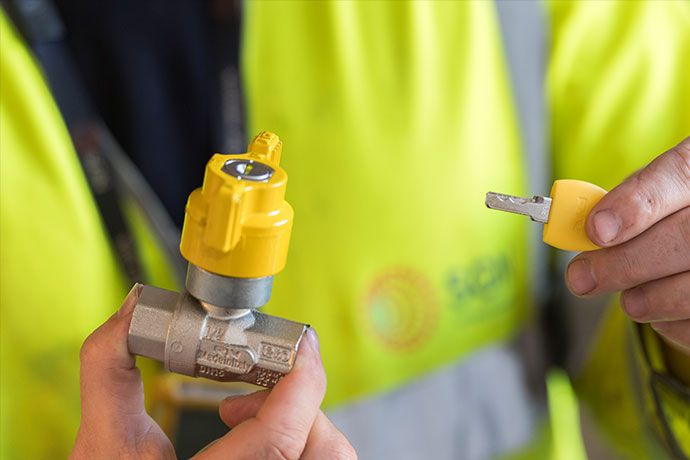
Gas and Electricity Safety in Static Caravans
Static Caravan Safety – Gas, Electricity & Fires The provision...
Read More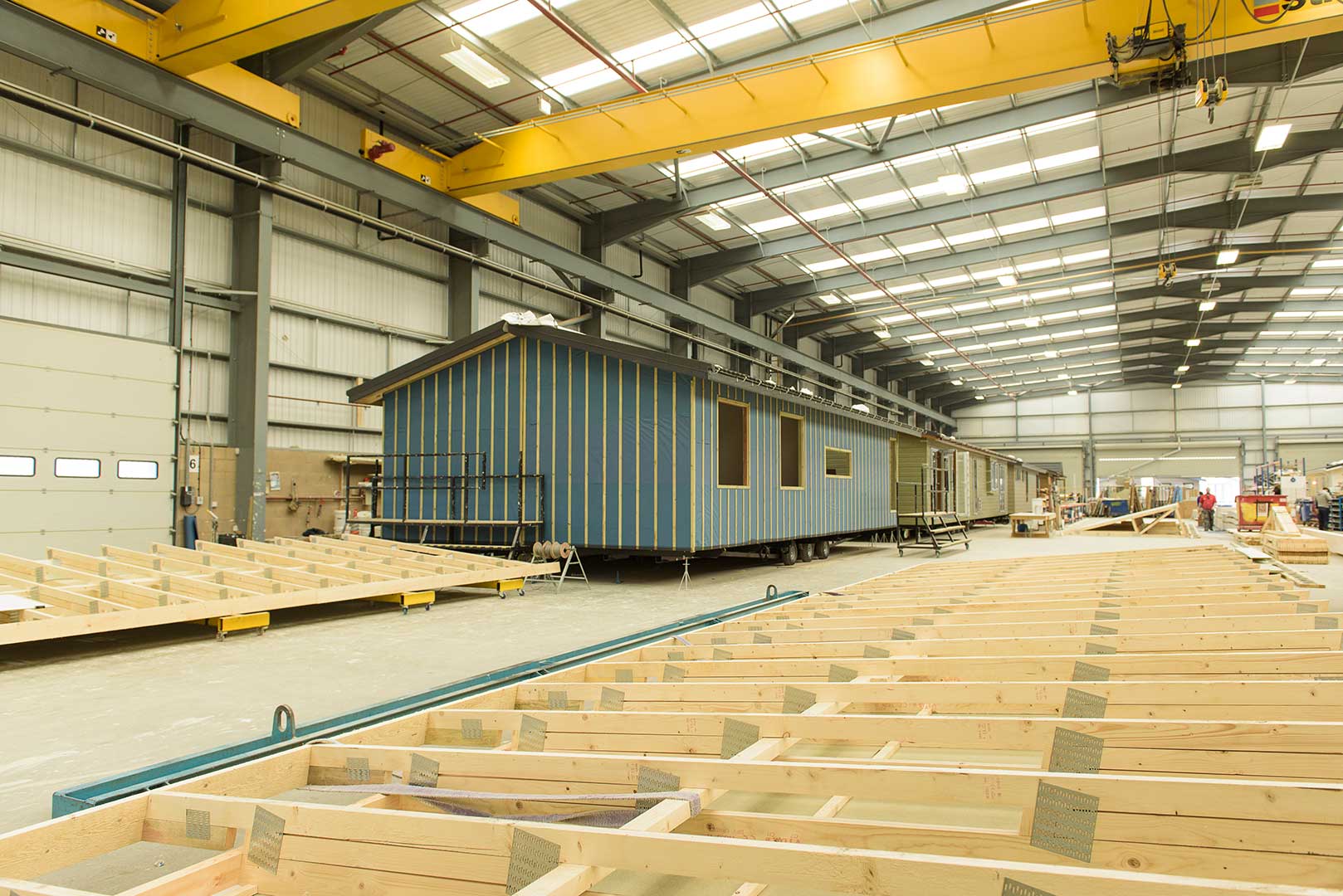
What Are Static Caravans Made Of?
Static caravans, also known as mobile homes, holiday homes, park...
Read More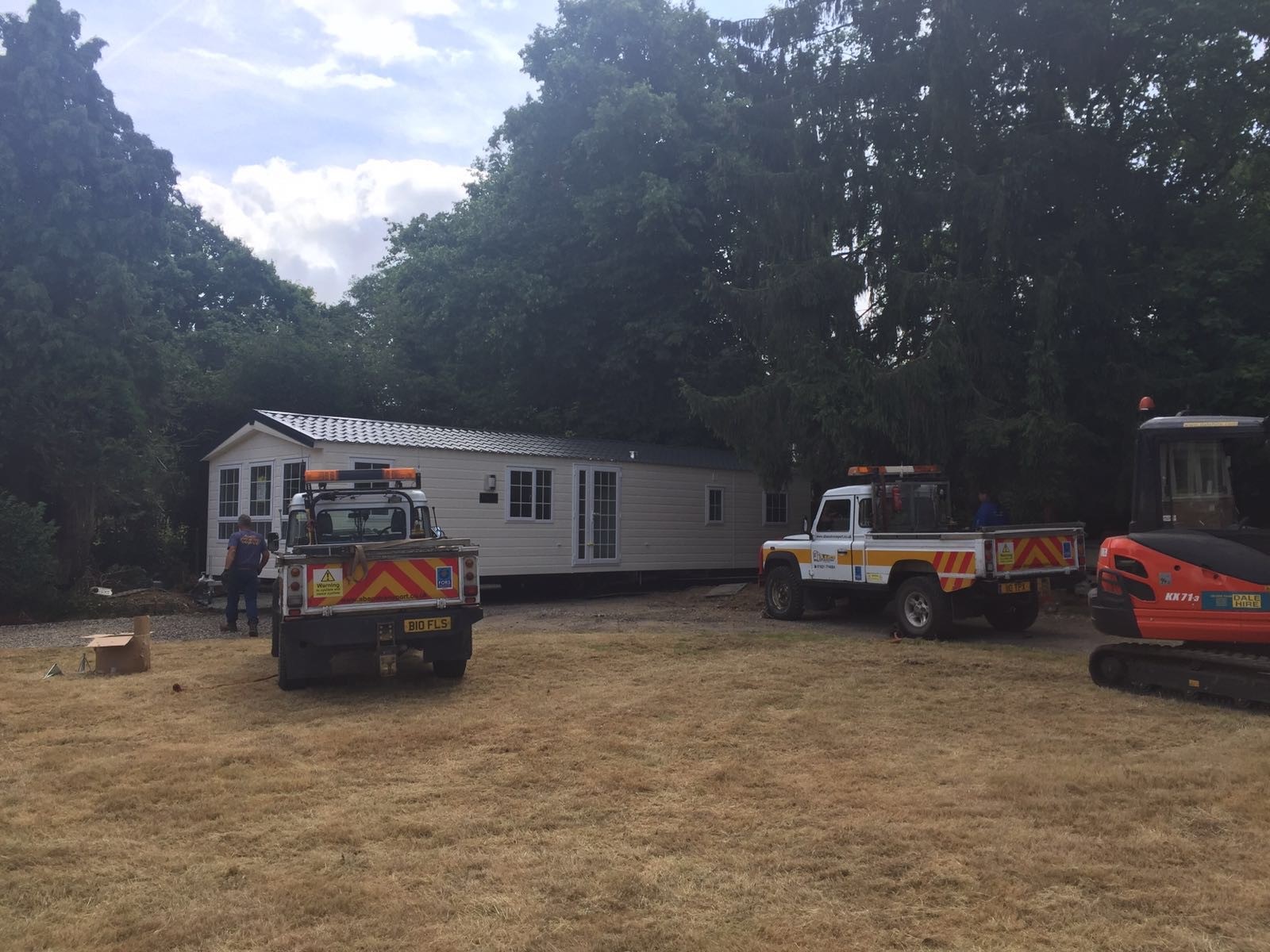
Living in a Caravan On Site During your House Build
Living in a Caravan On Site During your House Build...
Read More
